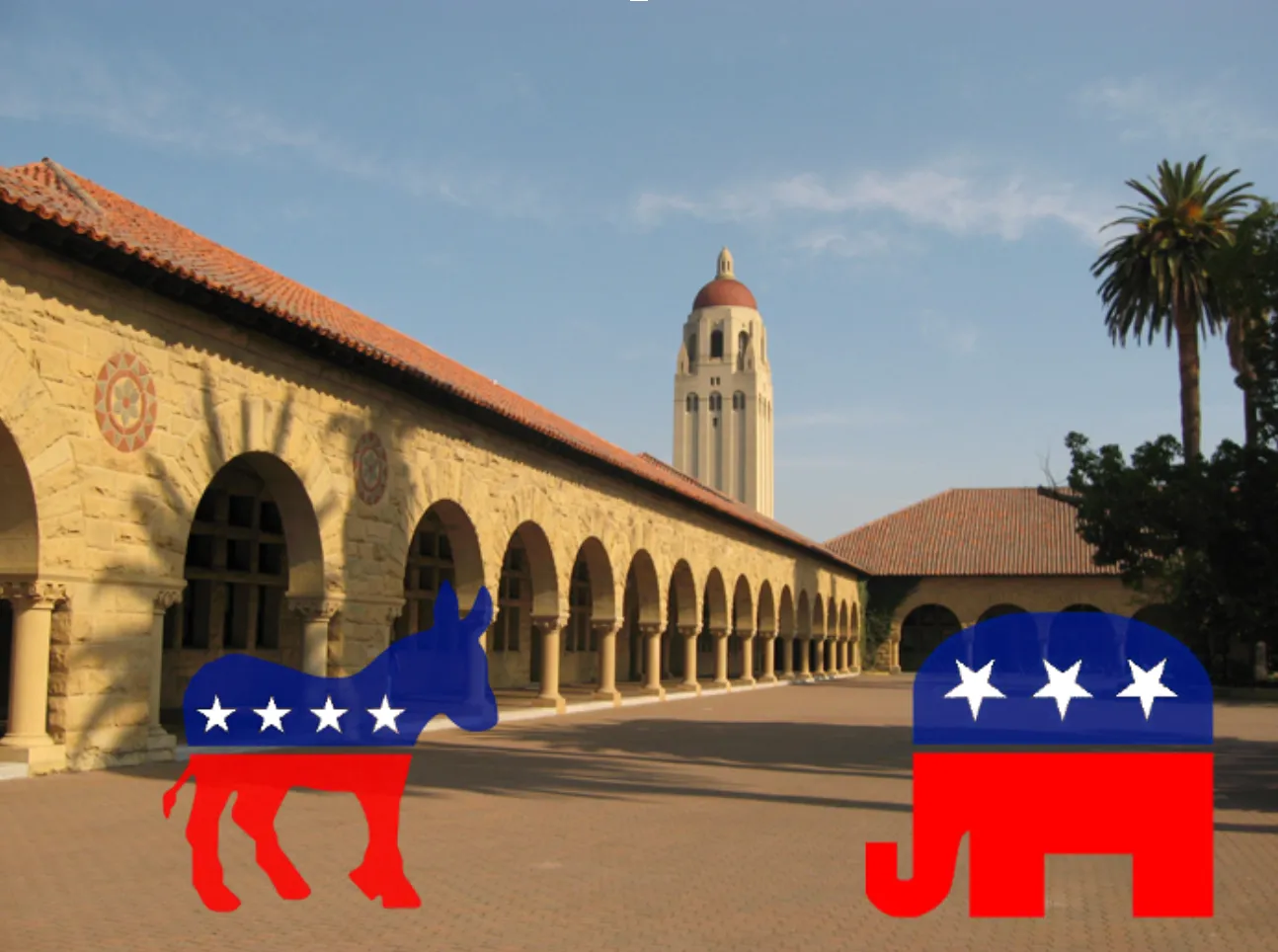Table of Contents
As I discussed in an earlier post, President Hennessy is now entering his eleventh year as president of Stanford university (POSU). In my post, I speculated about his future as president and, when he chooses to retire, who might replace him. In this series of posts, I intend to substantiate my discussion with some basic information about the tenure of Stanford’s 10 full presidents (and one acting president). Whence did they come? How long were they there? How have they changed?
- David Starr Jordan: 1891-1913 (22 academic years)
- John Casper Branner: 1913-1915 (2 academic years)
- Ray Lyman Wilbur: 1916-1943 (27 academic years)
- Donald B. Tressider: 1943-1948 (5 academic years)
- John Wallace Sterling: 1949-1968 (19 academic years)
- Kenneth S. Pitzer: 1968-1970 (2 academic years)
- Richard W. Lyman: 1970-1980 (10 academic years)
- Donald Kennedy: 1980-1992 (12 academic years)
- Gerhard Casper: 1992-2000 (8 academic years)
- John LeRoy Hennessy: 2000-?
What do we notice?
First, let’s generate everyone’s favorite summary statistics: excluding the current, ongoing presidency, Stanford’s presidents have served an average of 11.9 years, but with an enormous standard deviation of about 9 years. At first glance, this makes the average seem meaningless; anywhere from 3 to 21 years in office is within one standard deviation of the mean.
However, let’s look at a more relevant time period: presidents in the post WWII era. These presidents served an average of 10.2 years with a standard deviation of 6.2 years, still reasonably large. When we limit the sample to the three most recent presidents before Hennessy, the average is exactly 10 with a standard deviation of only 2.
What does this mean? Well, first off, it says that the Stanford presidency has become regularized over time. The sprawling presidencies of Jordan, Wilbur, and Sterling are gone. So too are the blips such as Branner and Lyman’s brief two year presidencies. For Hennessy to serve more than the 12 years that I speculated would mark his term at the Farm in my earlier post would be out of line with immediate precedent. To be sure, 13 years in office would not be shattering the mold, but extending his stay beyond that mark would be unusual for a modern president.
All of this serves to substantiate my earlier speculation that Hennessy will step down after 12 years in office, even if he continues to be an excellent administrator. Precedent and the need for fresh, dynamic leadership (and opportunities to advance, so as to avoid losing another Bravman) demand it.
In my next post, I will draw on history to delve into the perhaps more interesting topic of whence our next president will come. Teaser: Etchemendy both looks like a sure thing and a questionable bet. Come back next Thursday for more.
(A final, amusing thing that we notice is the mysterious trend of middle names of earlier presidents reappearing as the last names of later presidents. Casper and Lyman both belie this amusing coincidence.)







